Recycled-plastic-bottles – UV-stabilizers 28-03-2022 - Arhive
Recycled-plastic-bottles – UV-stabilizers
Tiny particles of plastic have been detected in human blood for the first time, a Dutch study has discovered.
The study, published in the journal Environment International, tested 22 anonymous blood samples and found plastic particles in 80% of people tested—indicating plastic particles may be able to travel around the body and lodge themselves in organs.
Enormous amounts of plastic waste is dumped in the environment each year, which researchers estimate could more than double in the next 20 years—from 188 million tonnes in 2016 to 380 million tonnes in 2040.
It was previously known that humans were consuming plastic particles through food and water, as well as just breathing it in through the air, with microplastics detected in the feces of babies and adults. Recycled-plastic-bottles – UV-stabilizers
The implications of the new study, first reported by the Guardian, are unknown but researchers warn microplastics can cause damage to human cells and find the new results concerning. “It is certainly reasonable to be concerned,” Dick Vethaak, an ecotoxicologist at Vrije Universiteit Amsterdam in the Netherlands and lead researcher of the study, told the Guardian.
“The particles are there and are transported throughout the body,” Vethaak said calling the new finding a breakthrough result.
The scientists found half the samples had PET plastic, commonly used in packaging and drink bottles, in their blood, while another third had polystyrene, used for packaging food and other products. The remaining quarter contained polyethylene, which is used to make plastic shopping bags.
More studies are now under way to assess the implications of the findings.
How bad is plastic in our bodies?
No published study has directly examined the effects of microplastics on humans, according to science journal Nature. The only available data relies on laboratory studies exposing microplastics to cells or human tissue, or to animals such as mice or rats. Worryingly, mice given large quantities of microplastics were found to have inflammation in their small intestines, lowered sperm count and fewer, smaller pups, compared with control groups. Recycled-plastic-bottles – UV-stabilizers
For the moment, levels of microplastics in the environment are too low to affect human health, researchers have noted, but this becomes more dangerous as more plastic is dumped into the environment.
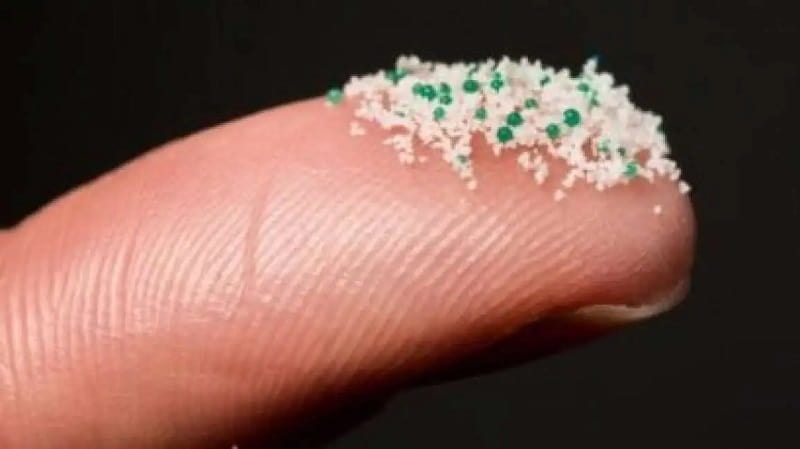
-Exchangeable Vehicle Battery System Housed in PP Enclosure
Replacing more exotic engineering plastics reduces weight and helps to extend range of electric vehicles. Recycled-plastic-bottles – UV-stabilizers
German battery expert Ansmann AG has joined forces with materials supplier Borealis to develop an exchangeable battery housed in a polypropylene (PP) enclosure. The hot-swappable GreenPack battery will be deployable in e-fleets for car sharing and delivery services as well as in commercial transport. It can also be used to power lawn mowers, snow blowers, and weed trimmers.
The aim of the collaboration is to design a next-generation lithium-ion battery leveraging the advantages of PP. The new generation of GreenPack battery systems will be enclosed in a PP housing and also feature PP cell holders. As opposed to engineering plastics and metals, PP features considerably lower material density and, therefore, has a weight advantage that contributes to an extended driving range for e-vehicles.
Additional advantages are the insulation properties of PP and energy savings during processing because of PP’s lower melting point. In addition, CO2 emissions associated with the polymerization of PP are generally just less than half the footprint of conventional plastic alternatives. The Borealis material also passes battery drop tests and boasts good processability. Recycled-plastic-bottles – UV-stabilizers
Thilo Hack, board member responsible for R&D at Ansmann AG, commented: “In comparison to conventional materials, the new material developed by Borealis for our upcoming GreenPack generation will come without plasticizers. It will be lighter and more flexible than other typically used plastics, yet it will meet all chemical and mechanical safety criteria and will have a significantly lower CO2 footprint. We are very pleased — we can make our GreenPack even greener supported by Borealis.”
Borealis has a wealth of experience in the development of advanced and circular polyolefin solutions for the entire value chain of lithium-ion battery systems, as well as in the simulation and modeling of different components, such as cell holders or battery housings. “We are excited about this opportunity to jointly develop a novel, swappable GreenPack battery with our partner Ansmann,” said Martyna Matelska-Jucha, Head of Borealis New Business Development.
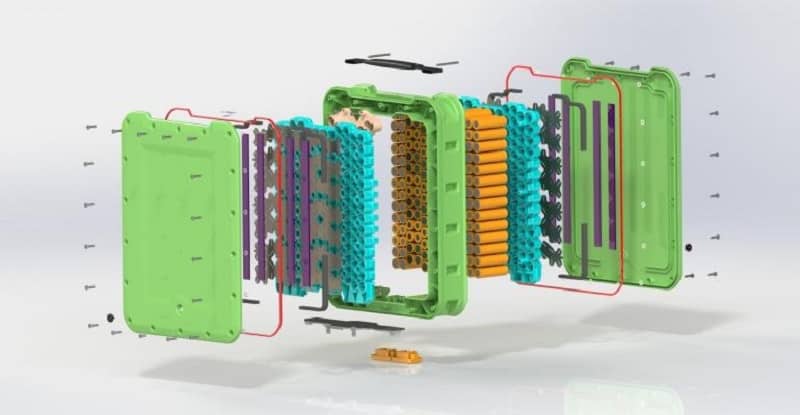
Researchers at the Indian Institute of Technology (IIT) Mandi have developed a method to transform plastic into hydrogen when exposed to light. The generation of hydrogen from plastics is beneficial because gas is considered the most practical non-polluting fuel of the future. Recycled-plastic-bottles – UV-stabilizers
Plastics, most of which are derived from petroleum, are not biodegradable, i.e., they cannot be easily broken down into harmless products. Most of the 4.9 billion tonnes of plastics ever produced would end up in landfills, threatening human health and the environment.
Fuelled by the need to prevent runaway plastic pollution, IIT-Mandi researchers are developing methods to transform plastic into useful chemicals.
The Scheme funded this study for the Promotion of Academic and Research Collaboration (SPARC) of the Ministry of Education.
The findings from this work have been recently published in the Journal of Environmental Chemical Engineering. The research was led by Prem Fexil Siril, Professor, School of Basic Sciences, IIT-Mandi, and Aditi Halder, Associate Professor, School of Basic Sciences, IIT-Mandi, and co-authored by their PhD scholars, Rituporn Gogoi, Astha Singh, Vedasree Moutam, Lalita Sharma and Kajal Sharma.
“The ideal path to effective annihilation of plastics is to degrade them into useful chemicals. The hydrogen generation from plastics is particularly useful because the gas is considered the most practical non-polluting fuel of the future,” Siril said.
The researchers have developed a catalyst that can efficiently convert plastics into hydrogen and other useful chemicals when exposed to light.
Catalysts are substances that drive otherwise difficult or impossible reactions, and when they are activated by light, they are called photocatalysts.
The IIT-Mandi photocatalyst combines iron oxide in the form of nanoparticles (particles a hundred thousand times smaller than the diameter of a single hair strand) with conducting polymer polypyrrole. Recycled-plastic-bottles – UV-stabilizers
The researchers found that combining iron oxide nanoparticles with pyrrole resulted in the formation of a semiconductor-semiconductor heterojunction, which in turn results in strong visible-light-induced photocatalytic activity.
Photocatalysts usually need UV light for activation and therefore require special bulbs. The IIT-Mandi catalyst can function simply with sunlight.
Explaining his research, Siril said, “We first ascertained the photocatalytic activity of our catalyst by seeing its action on methyl orange, whose colour change from orange to colourless showed the extent to which our catalyst was able to degrade it.”
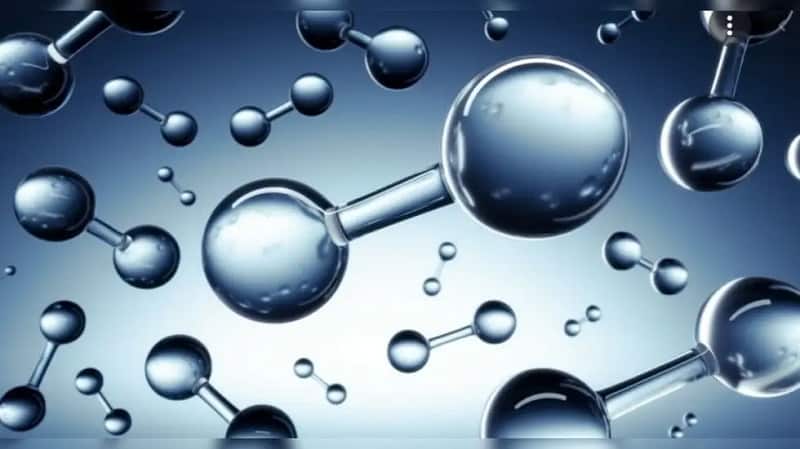
-Archroma launches safer colours for sportswear
Speciality chemicals manufacturer Archroma has added to its portfolio of sustainable solutions with the addition of two new metal-free and halogen-free acid dyes in its Nylosan S range. Recycled-plastic-bottles – UV-stabilizers
Dark shades represent approximately 80 per cent of the outdoor and sportswear textile market, which is also under pressure to offer more sustainable articles. In this context, the new Nylosan Navy S-3R and Black S-3N, especially developed by Archroma for polyamides and blends, meet four long-standing market demands for blacks and navies.
First, the Nylosan S range offers metal-free alternatives to dyestuff generally used to dye polyamide and nylon and which usually contain metals. The new Nylosan Navy S-3R and Black S-3N are taking the industry standard one step further by offering a halogen-free option to those manufacturers, brands and retailers who are looking to offer the safest grade available.
Second, the Nylosan S range now comprises a wide gamut of colors, with these new dyes targeting the colour matching and fastness specifications of the iconic blacks and navies of major sportswear brands. In order to support this color matching process, Archroma makes available the colorimetric dye primaries for the mills in order to (re)match the color standards. Recycled-plastic-bottles – UV-stabilizers
Third, the new navy and black dyes display the same colour constancy as the dyes used in many leading colour standards, which means the navy and black colours created with Nylosan S range will be non-metameric to the color standard under multiple light sources, whether artificial or natural, indoor or outdoor.
And fourth, the introduction of the new Nylosan Black S-3N makes dyeing a metal-free black on polyamide finally possible – something that was not available before.
Both dyes display the other usual features allowed of the Nylosan S range, i.e., high fastness and buildup, and a wide shading gamut for industry-leading metal-free acid dyes. They are REACH registered and bluesign approved.
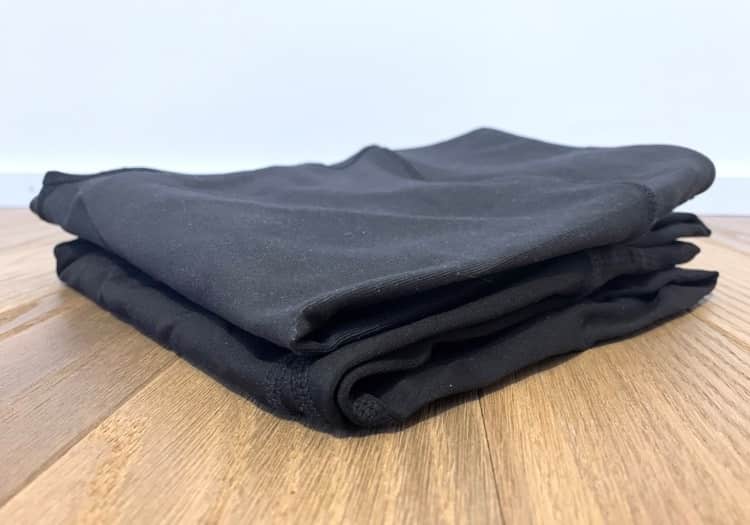
-Ampacet presents UV stabilizers for polyolefin-based plastics
Ampacet introduces UVProtect, a new generation of long-lasting UV stabilizers designed to extend the life of polyolefin-based plastics used in outdoor applications, according to SpecialChem. Recycled-plastic-bottles – UV-stabilizers
When exposed to UV radiation, nearly all polymers degrade, leading to deterioration of physical and mechanical properties such as loss of elongation and tensile strength, discoloration and cracking.
UV stabilizers, such as UVProtect, when added to polymers, extend the life of plastic parts by protecting them from sun exposure. Proper selection of UV stabilizers, however, is crucial to provide appropriate protection to plastic items.
Ampacet UVProtect 1248 efficiently protects the critical physical and mechanical properties of outdoor polyolefin-based plastic items with long-term exposure to UV radiation.
UVProtect dramatically extends the life of plastic items, outperforming commonly-used hindered amine light stabilizers (HALS) with the same additive content. It achieves similar results as HALS with half the additive content, thus enabling reduction of the letdown ratio for better process control.
As MRC informed earlier, burgeoning demand for plastics along with declining feedstock prices were together set to drive the Asia-Pacific (APAC) Color Masterbatches Market to USD5.1 bln & Global Market to USD9.8 bln by 2021 at a CAGR of around 11.8% while the market volume is estimated to reach 3.2KT by 2021, as per IndustryARC. Recycled-plastic-bottles – UV-stabilizers
The number of manufacturers across the world for Color Masterbatches has increased manifold. These manufacturers are actively investing in scaling up their position in the market and are able to attract profitable deals. Some of the major players are: Ampacet Europe, Cabot Plastics International, Clariant Masterbatches, Hubron (International), Kunststof Kemi, Plastika Kritis, PolyOne.
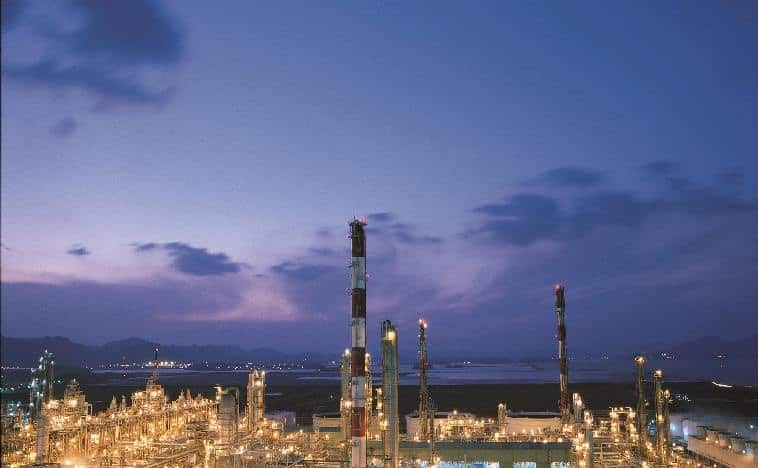
-Recycled Plastic Bottles Are Good for the Planet, Terrible for Human Health, Study Finds
Recycled plastic bottles are likely to contain chemicals more harmful than those made from virgin plastic, new research finds.
A study conducted by Brunel University London identified 150 chemicals in plastic bottles that leached into the bottles’ content. Eighteen of those chemicals exceeded safety regulations, the researchers say. Recycled-plastic-bottles – UV-stabilizers
Specifically, bottles made using recycled PET plastic (Polyethylene Terephthalate), one of the most widely-used types of plastic in food packaging, especially single-use bottles, showed higher levels of the harmful chemicals.
PET health risks
In particular, the recycled bottles showed higher levels of the endocrine disruptor bisphenol A (BPA), which is linked to metabolic and reproductive disorders, cardiovascular problems, and cancer. It’s particularly problematic at low-level exposure, too.
The researchers looked at 91 studies on plastic bottles and their chemical loads. “This evidence implies that highly recyclable products, such as PET drink bottles, can be inapt for closed-loop recycling when poorly designed, indicating the need for greater adoption of design-for-recycling principles and improvements at the waste-management infrastructure level,” the researchers wrote. The findings were published in the Journal of Hazardous Materials.
“We found these chemicals can come from various sources, such as the catalysts and additives used during production and degradation during PET production, and degradation that can happen across a bottle’s lifecycle,” Dr. Eleni Iacovidou, a lecturer from Brunel’s centre for pollution research and policy, who led the study, said in a statement. Recycled-plastic-bottles – UV-stabilizers
The researchers say the problem may lie in the recycling technology, with the processes to reuse plastic making it more toxic than new plastic.
The findings pose serious concerns for the E.U., particularly, as it recently mandated all PET plastic bottles contain at least 30 percent recycled materials by 2030.
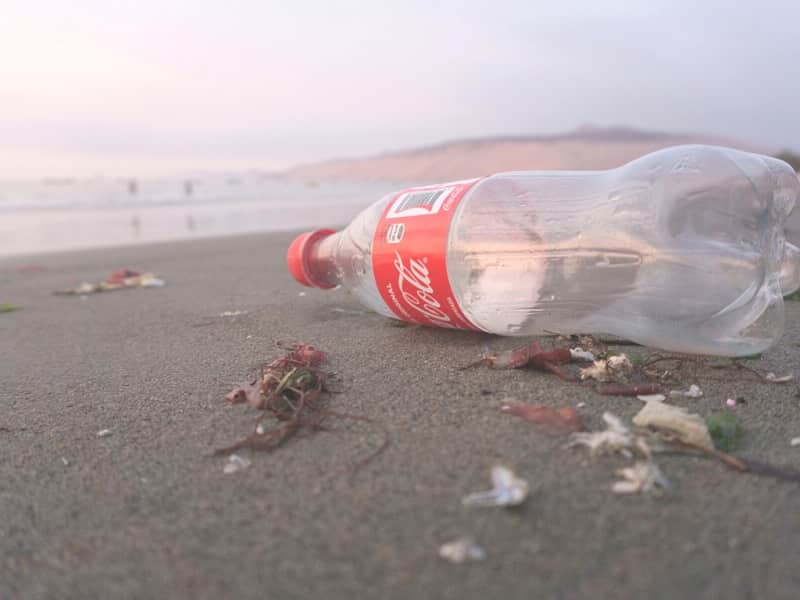
Recycled-plastic-bottles – UV-stabilizers
